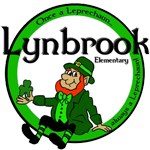School History: 1950-1957
Following World War II, rapid growth of the Federal government brought an influx of workers and returning veterans with young families to Northern Virginia. In the early 1950s, the Springfield area was a hotbed of new home construction. The sprawling suburban growth quickly put pressure on Fairfax County Public Schools (FCPS), because very little funding was available for the construction of new schools. Originally, the closest school to Springfield was Franconia Elementary School. Built during the Great Depression, Franconia was too small a school to absorb all the new children suddenly living within its boundaries.
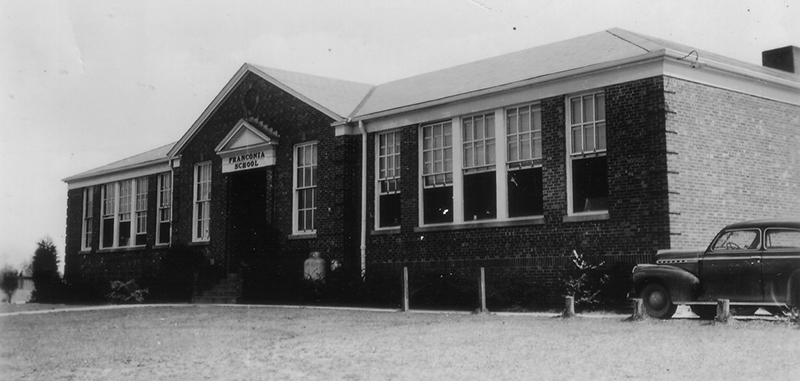
In 1950, there were 16,163 children enrolled in FCPS. By 1960 that number would climb to 59,870. For Springfield area families, relief seemed in sight during the summer of 1953 as construction of the new Garfield Elementary School neared completion. However, much to their disappointment, the school was overcrowded the day it opened with an average of 42 children in each class.
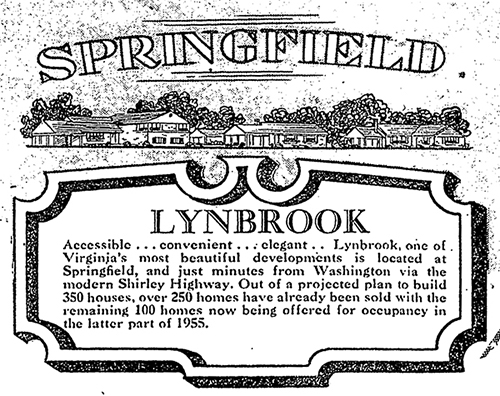
In August 1954, developers Michnick and DiMaio held the grand opening of their new Lynbrook neighborhood, and the Fairfax County Police Department estimated that approximately 20,000 people came to inspect the model homes on opening day.
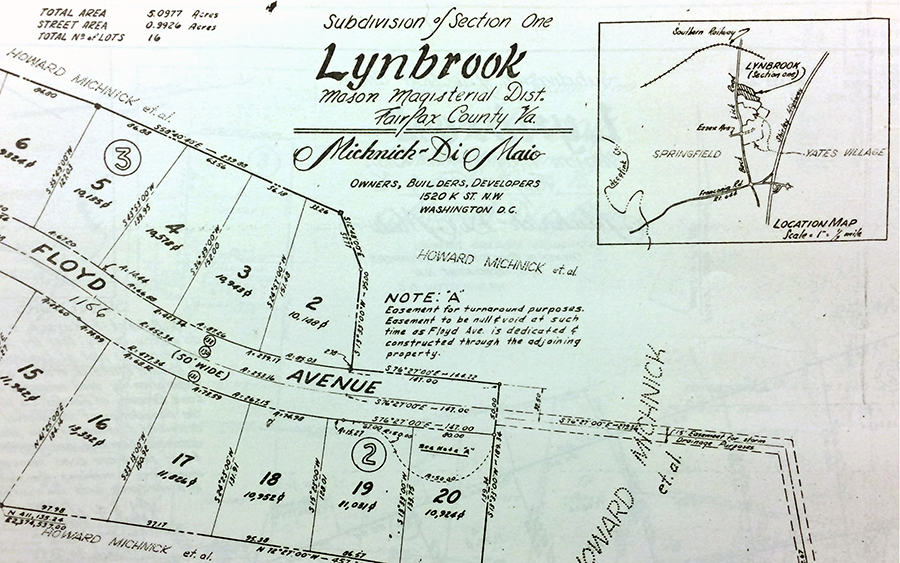
Design and Construction
During the 1950s, the United States Congress authorized the appropriation of financial aid to school districts impacted by the growth of the federal government workforce. Shortly after obtaining the title to the Lynbrook property, FCPS applied for a $300,000 grant from the U.S. Government to build a 10-classroom school on the site. In May 1955, the School Board assigned the architecture firm of Dixon and Norman to design the building, but it quickly became apparent that a 10-classroom school would not suffice. The School Board directed the architects to increase the number of classrooms from 10 to 16 to house 480 pupils, and to add space for a library, clinic, administrative office, and a cafeteria and kitchen. FCPS revised its grant applications for Lynbrook and several other schools, and received appropriation of $447,000 for the Lynbrook project. On December 15, 1955, the School Board awarded the contract for the construction of Lynbrook Elementary School to L. R. Broyhill, Inc., of Arlington, Virginia, in the amount of $489,373. The contract stipulated that the school would be complete and ready for occupancy by December 1956.
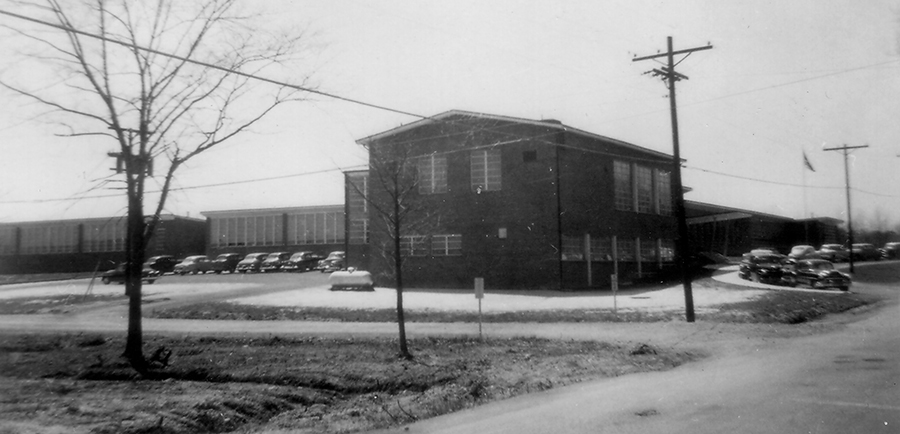
By June 1956, it was already apparent that Lynbrook Elementary School would not be completed by December as planned. Construction was hampered by unusually severe weather and delays in receiving construction materials because of a strike at a glass factory. Steel was also in short supply.
The First Year Begins
The 1956-57 school year began with 38,500 students enrolled in FCPS, and with the completion of Lynbrook Elementary School approximately 66 days behind schedule. At Garfield Elementary School, twelve classrooms of future Lynbrook teachers and students were grouped separately from Garfield’s staff and students with the intention that Lynbrook’s teachers and their classes would move en masse to the new building when it opened. Approximately two miles away, in the North Springfield neighborhood, four more classrooms bound for Lynbrook were housed in rented homes on Axton Street.
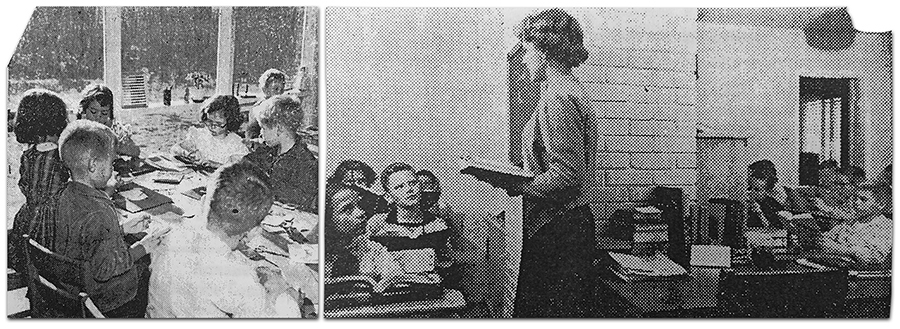
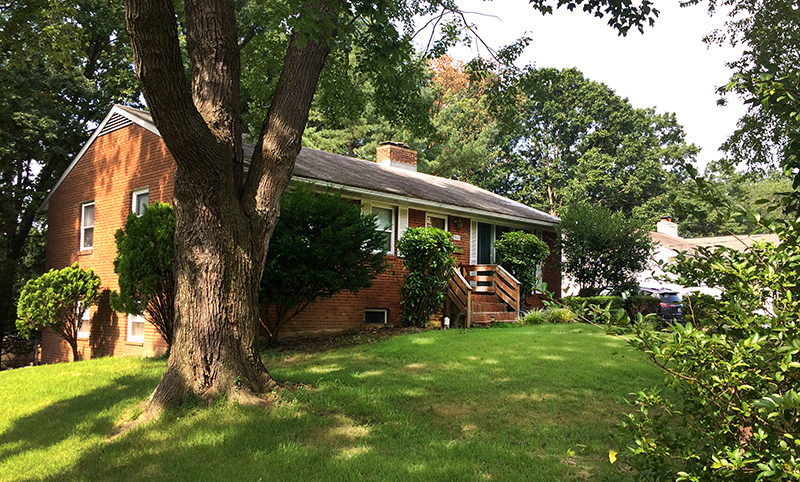
Finally, in early February 1957, word came that Lynbrook was ready for occupancy. The pre-approved transfer of Mrs. Ida B. Auerbach from seventh grade teacher at Garfield to principal at Lynbrook became effective. Lynbrook Elementary School would soon open to students.
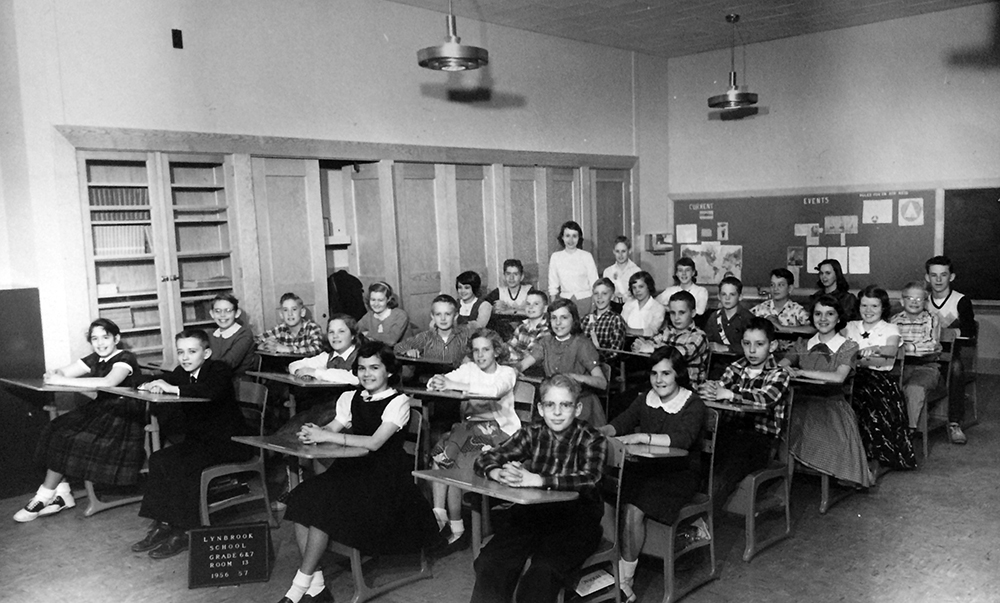
Fun Fact
In the same way Garfield housed future Lynbrook students, Lynbrook Elementary School has housed students bound for Bren Mar Park, Keene Mill, Saratoga, and Springfield Estates elementary schools.
Lynbrook's School History was written with assistance from Robyn Carter.

